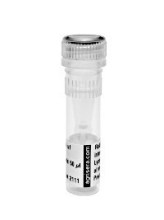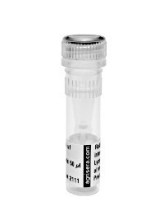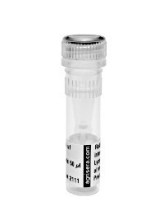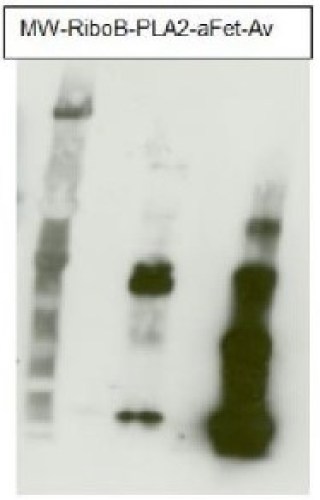
Anti-Fucose
(Cat#: AS07 268)
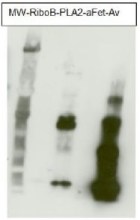
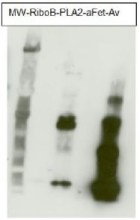
Description
- Immunogen: Core fucose residues bound to the N-glycan in alpha 1,3
- Host: Rabbit
- Clonality: Polyclonal
- Purity: Immunogen affinity purified serum in PBS pH 7.4.
- Format: Lyophilized
- Quantity: 50 µg
- Reconstitution: For reconstitution add 50 µl of sterile water
- Storage: Store lyophilized/reconstituted at -20°C; once reconstituted make aliquots to avoid repeated freeze-thaw cycles. Please remember to spin the tubes briefly prior to opening them to avoid any losses that might occur from material adhering to the cap or sides of the tube.
- Tested applications: ELISA (ELISA), Immunolocalization (IL), Western blot (WB)
- Recommended dilutions: 0.5 µg/ml (ELISA), 1 : 40 (IL), 1 µg/10 ml (WB)
- Expected | apparent MW: 10 - 100 for various glycoproteins
- Confirmed reactivity: Higher plants, Pheodactylum tricornutum (diatom)
- Not reactive in: No confirmed exceptions from predicted reactivity are currently known
- This antibody specifically cross-reacts against fucose residues bound to the protein N-glycans in alpha 1,3. This residue is characteristic of the plant protein N-glycans and is absent in protein N-glycans from animals. This residue is added in the Golgi apparatus.
- Xu et al. (2023). The Golgi-localized transporter OsPML4 contributes to manganese homeostasis in rice. Plant Sci. 2023 Dec 2:339:111935.doi: 10.1016/j.plantsci.2023.111935. Zhang et al. (2018). An important role of L -fucose biosynthesis and protein fucosylation genes in Arabidopsis immunity. New Phytol. 2018 Dec 15. doi: 10.1111/nph.15639.Jansing et al. (2018). CRISPR/Cas9-mediated knockout of six glycosyltransferase genes in Nicotiana benthamiana for the production of recombinant proteins lacking β-1,2-xylose and core α-1,3-fucose. Plant Biotechnol J. 2018 Jul 3. doi: 10.1111/pbi.12981.Nakanishi et al. (2017). Protection of Human Colon Cells from Shiga Toxin by Plant-based Recombinant Secretory IgA. Sci Rep. 2017 Apr 3;7:45843. doi: 10.1038/srep45843. (ELISA)Hanania et al. (2017). Establishment of a tobacco BY2 cell line devoid of plant specific xylose and fucose as a platform for the production of biotherapeutic proteins. Plant Biotechnol J. 2017 Feb 3. doi: 10.1111/pbi.12702.Ebert et al. (2015). Identification and Characterization of a Golgi-Localized UDP-Xylose Transporter Family from Arabidopsis. Plant Cell. 2015 Mar 24. pii: tpc.114.133827.Lehtimäki et al. (2014). Posttranslational modifications of FERREDOXIN-NADP+ OXIDOREDUCTASE in Arabidopsis chloroplasts. Plant Physiol. 2014 Dec;166(4):1764-76. doi: 10.1104/pp.114.249094Baiet et all. (2010). N-glycans of Phaeodactylum tricornutum diatom and functional characterization of its N-acetylglucosaminyltransferase I enzyme. J Biol. Chem. Dec 17.
- Controls:PLA2 (phospholipase 2 from bee venom) which contains only α1.3 fucose, Sigma, product number P9279.Type II - horseradish peroxidase which contains β1.2 Xylose and α1.3 fucose, Sigma, product number P8250.The antibody does not recognize alpha 1,6-fucose.
Boca Scientific is your premiere source for high-quality, innovative solutions for Cell Biology, Molecular Biology, Immunology, genetics and other lab products and reagents. We bring leading-edge products from our own-line and around the world to laboratories in the US and Canada. Our goal is to offer excellent solutions to drive research and discoveries backed by superior customer support.

